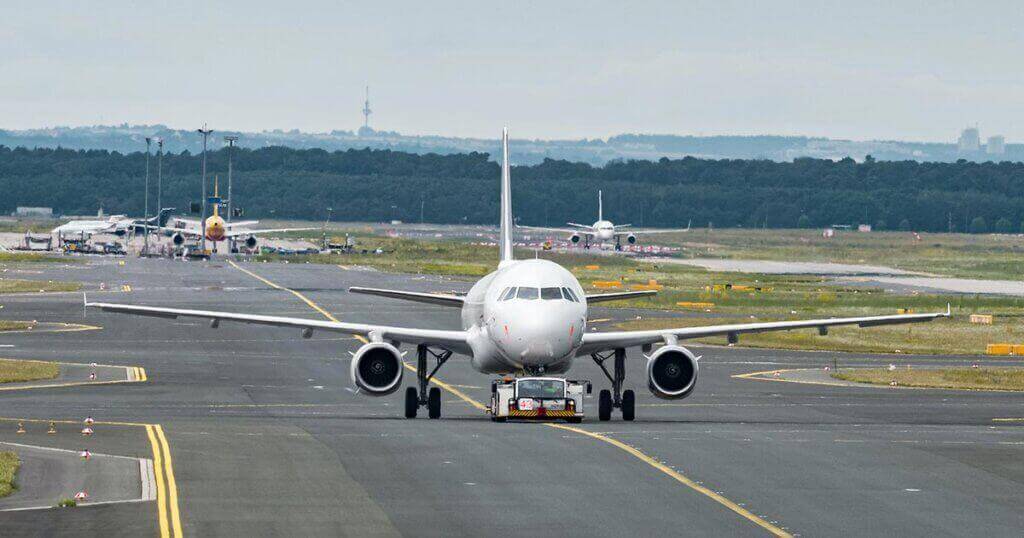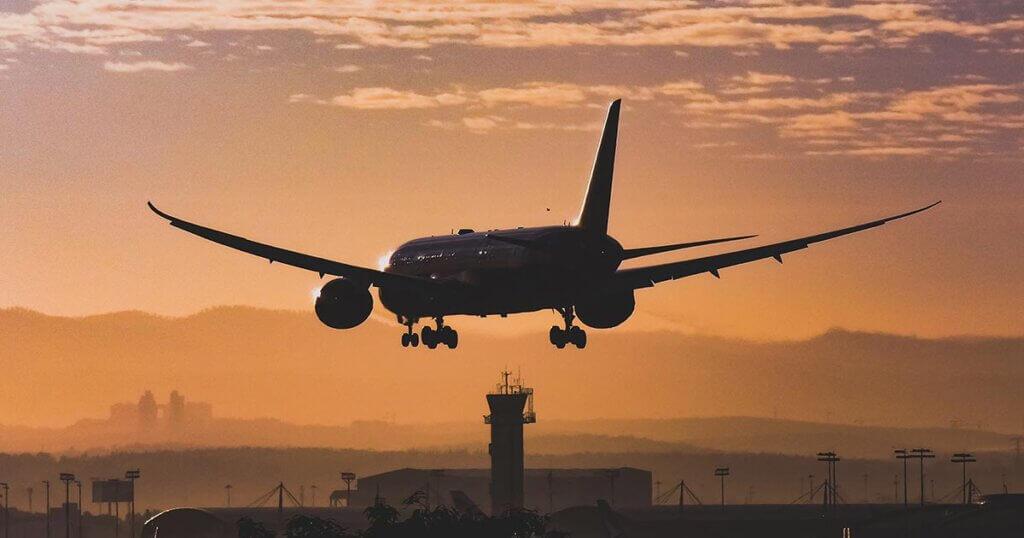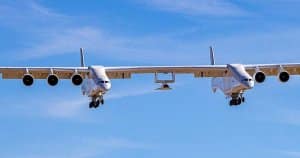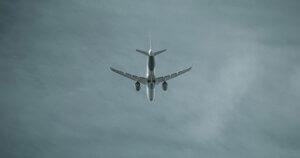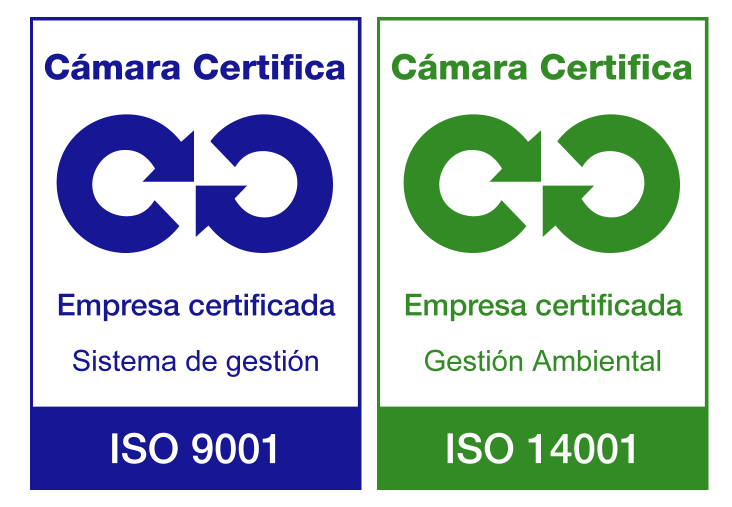Training is a key element in becoming a pilot. Type Ratings and Class Ratings are essential training to make the flight license effective. Without them it is not possible to act as a pilot, either private or professional.
Airplanes are classified according to their purpose and are divided into three main groups:
– Passengers aircrafts: built to carry groups of people. Are those used by airlines and are divided into two categories: wide-body and narrow-body aircrafts.
– Cargo airplanes: used to transport goods and large objects.
– Military aircrafts: thought for military purposes. Although passengers or cargo aircrafts may also be used for military activities, this label is used for attack or defence aircrafts.
Usually, airline pilots operate passengers aircrafts. However, there are companies whose business is only cargo transport. In any case, the type rating will be determined by the first contract and will depend on the fleet the company for which you intend to work operates with.
Some airlines conduct the courses for obtaining the Type Rating themselves, usually in their own training centers or, sometimes, in external centers chosen by the airline itself. But, if you already hold a type rating, you will have more chances to get a contract if you apply to a company that operates with such fleet.
Class ratings (CR) are those habilitations that enable to operate under certain flight conditions (visual flight, instrumental flight), or generic aircraft groups (single-engine, multi-engine) of different types (terrestrial, amphibious, hydro-aircraft). These capacities are what define the type of aircraft you can fly and under what conditions.
Besides having the necessary class ratings, to fly a particular aircraft you must be trained as a pilot on the aircraft model, brand and type. This is known as Aircraft Type Rating. The simplest aircrafts do not need a Type Rating. However, complex aircrafts as the jets used by airlines, do require it.
For all this, once the training as a professional pilot is completed, with all necessary class ratings, if the aim is to work for an airline, next step will be the Type Rating (Type Rating).
